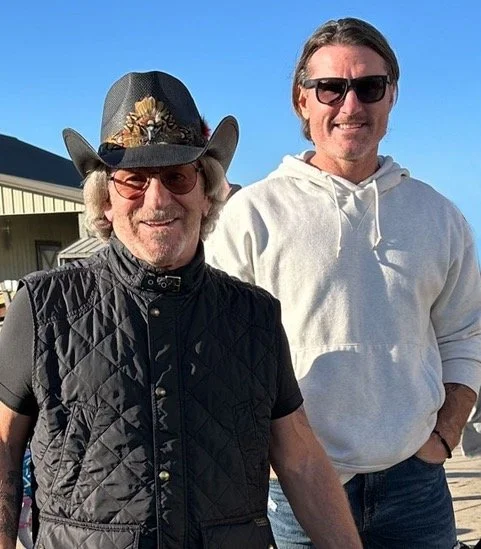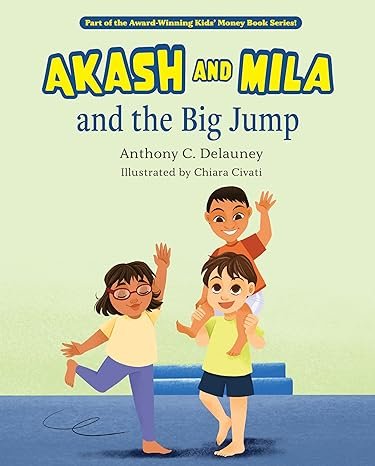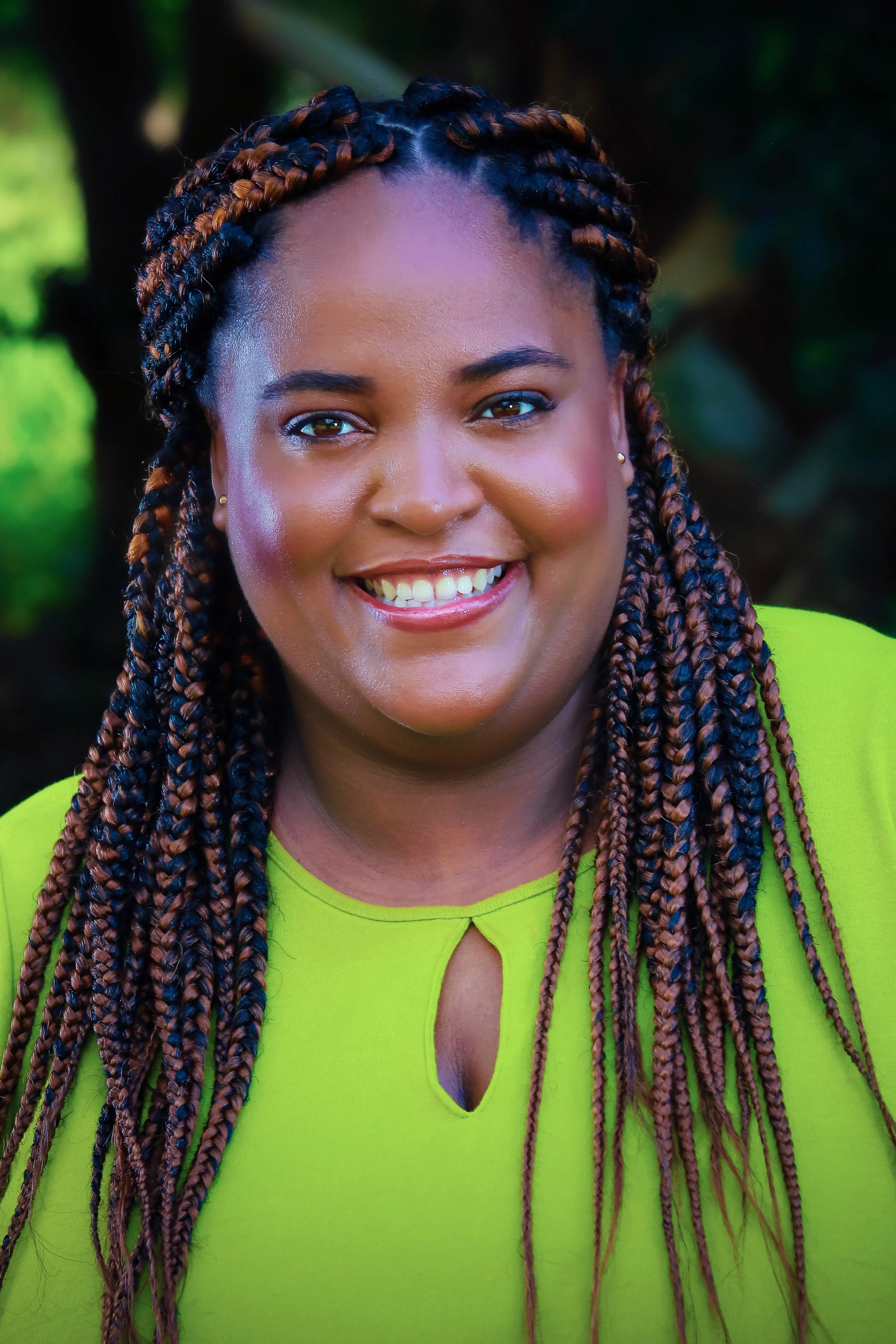Famous Teachers and First Solos featuring Fred Tribuzzo
/As a teen I first read Charles Lindbergh’s story in his book The Spirit of St. Louis. At a large, heavy desk in my parent’s basement, I traveled with the explorer during his heart-stopping moments of engine roughness and painstaking navigation. But most agonizing was his battle to stay awake. I felt guilty, putting the book down and heading off to bed while my hero dealt with the eternity of hours and minutes. After he landed at Le Bourget Airfield, and he and the plane were safely at rest, I believed the whole world slept that night.
From the pages of The Spirit of St Louis to my first hour of instruction at the Chagrin Falls Airport was a dozen years. The flight school (located in northeastern Ohio) had operated for decades before I started lessons in 1976. A short, 2000 foot airstrip with a tiny office, Chagrin Falls was home to many dedicated aviators and the woman who taught me to fly.
Tina used a metaphysical approach to flying that actually worked. Before my first solo, she left the airplane and retreated to the tall grass alongside the runway and sat down. She told me in a matter-of-fact voice that she’d fill the cabin with her presence, a moment of active metaphysics entwined with Newtonian physics. After takeoff I was too busy to be scared. But alone on the downwind leg, high overcast and the fall trees 800 feet below my wings, the runway looked unattainable, a sliver of road for more experienced pilots. Doubt was erased when I turned final with a stable airspeed and on glide path. Lined up with the narrow airstrip, I became fully engaged in the art of flying.
Years later and hours of jet time recorded in my logbook, I attended a banquet for the 27th bomber group at Wright-Patterson Air Force Base, invited by friend and mentor Frank Corbi. Frank, who had been Crew Chief on many of the early jet bombers, introduced me to General Cardenas, test pilot for the Flying Wing; and Joe Cotton, who flew the XB-70, forerunner of the Concorde. Along with the pilots' own words, I later heard Frank's insights into both men's lives and the planes they flew.
In the late forties and early fifties, Frank and his crews tested pressurization systems and aircraft hardware and flew into severe icing conditions, helping to establish the best air force in the world. In the midst of the practical testing would come the frightening crash and survival of Frank and General Boyd in the four-engine B-45 bomber. On another test flight, Frank's B-45 running low on fuel, hemmed in by thunderstorms, is guided to a safe landing by several men who decided to stick around the control tower at Tinker Air Force Base, and finally paint some rusty garbage cans with the radio turned up.
Flying is a passion for many of us who know that its tradition sprung from the Wright Brothers, was made glamorous by Lindbergh, and treated as science and poetry by men like Frank Corbi and Tina, my early flight instructor.
Fred Tribuzzo has been published in Flying magazine and has flown aircraft from the J3 Cub to the fastest corporate jet ever made— the Citation Ten. He also flew internationally for eight years on a corporate Boeing 737. On two separate tours of duty, Fred played electric bass for the Numbers Band from Northeastern Ohio, performing on four of the band’s CDs. Tribuzzo received a fellowship in 1987 from the Ohio Arts Council for piano, oboe and string compositions.
Website | Facebook
SYNOPSIS
American Sky: Good Landings and Other Flying Adventures is the author’s journey from antiwar protester of the late sixties to the cockpit of the world’s fastest business jet. It’s the story of a young man going to work for a father and son who not only teach the skills for starting a Lycoming or Continental engine on a hot summer day, but provide the daily humor, courage, and wise-words to pursue dreams.
Whether attending a training session with a fellow pilot whose relative snapped the famous photograph of the Wright Brothers’ first flight, or listening to a grouchy cab driver’s pithy remarks before a long flight home, the author encounters people and random experiences as if they’re signposts of life. He learns that a teacher can often be a place, a stranger, a storm, the sky itself.
The world comes awake, and on the eve of starting flight lessons, a World War Two veteran will insist the author shun sailplanes and experience powered flight, the joy of driving straight up into the clouds.
In American Sky, events and people shift in time, and experiences blossom unexpectedly. Yet the influence of a mentor remains a visible, poignant anchor.
Buy on Amazon


















































